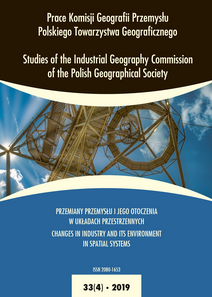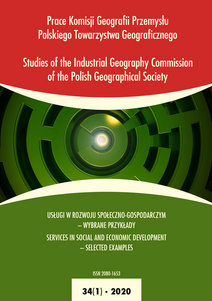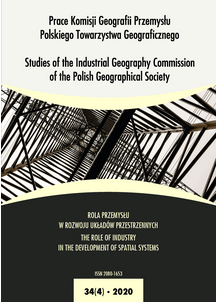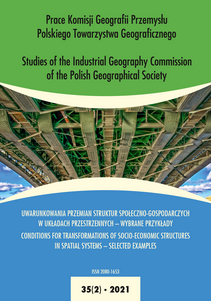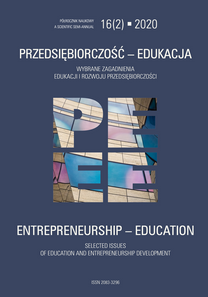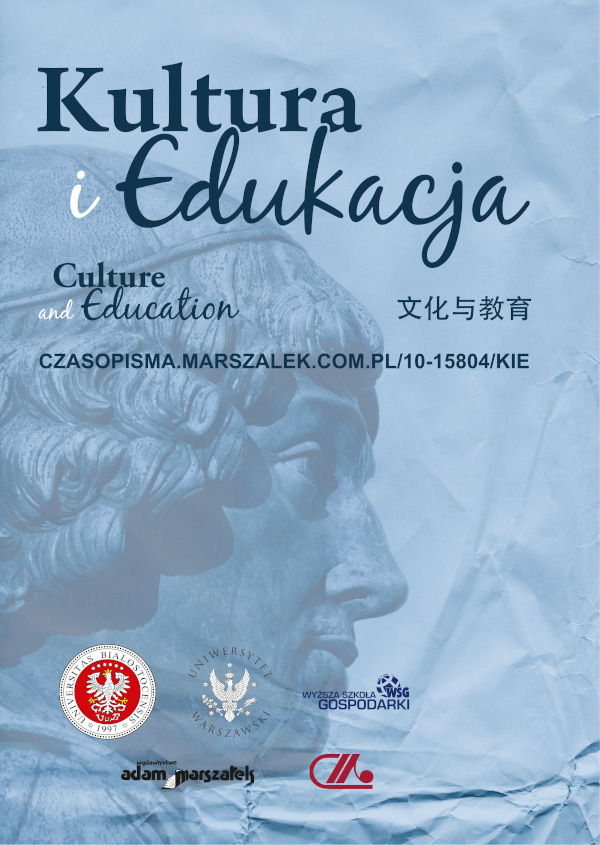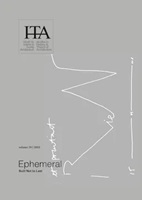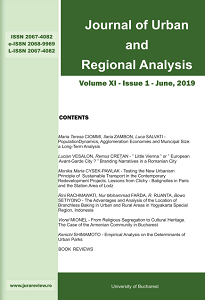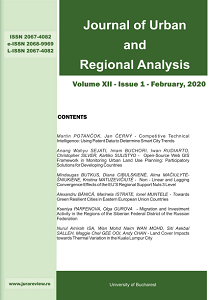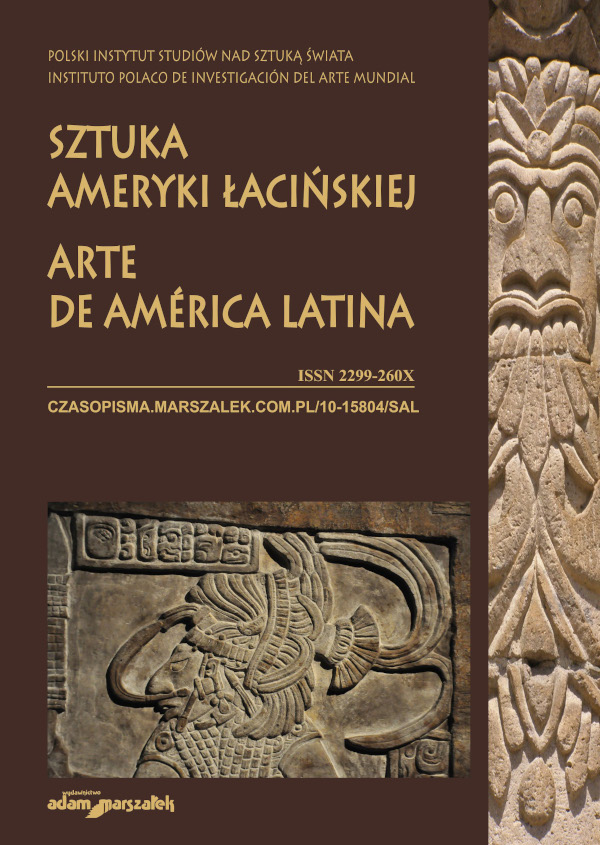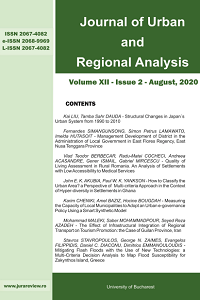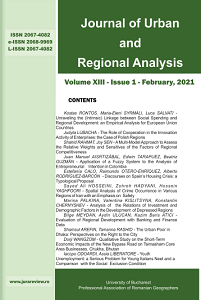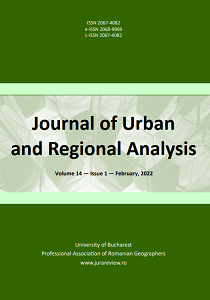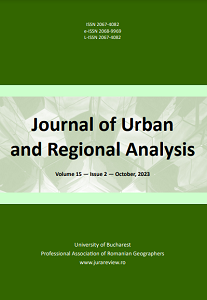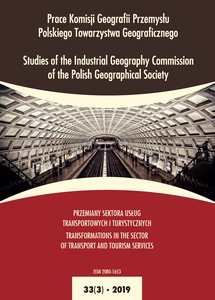
Modele rozwoju usług agroturystycznych w polskich Karpatach
The Carpathians are a good example of a region where agritourism is a popular form of non-agricultural economic activity in rural areas. Agritourism farms are an important part of the tourist accommodation in the region. Factors that tend to favor the development of agritourism in the Carpathians include the diversity of natural and environmental assets in the region, predominance of small farms, and the increasing popularity of alternative forms of tourism. The purpose of the study was to show different paths of development of agritourism in the Polish Carpathians. The research results are based on a review of the literature, survey and fieldwork study. A few areas with a larger number of agritourism farms were identified for the Carpathian region. There are mostly communes found close to the Tatra Mountains, national parks and landscape parks in the Beskid Mountains and the Carpathian Foothills, and in the vicinity of large cities. Agritourism offering of the Carpathian region is quite diverse and related to environmental and cultural settings, as well as the quality of local tourist infrastructure and tourism-related traditions in the area. Four models of agritourist farm development were identified for the Polish Carpathian region. The criteria used to identify these models were associated with the nature of the farm output, details of the offering for tourists and its linkage with the assets of the natural and cultural environment in the given area, and the intensity of tourist traffic in the region and its effects on the functioning of an agritourist farm.
More...
